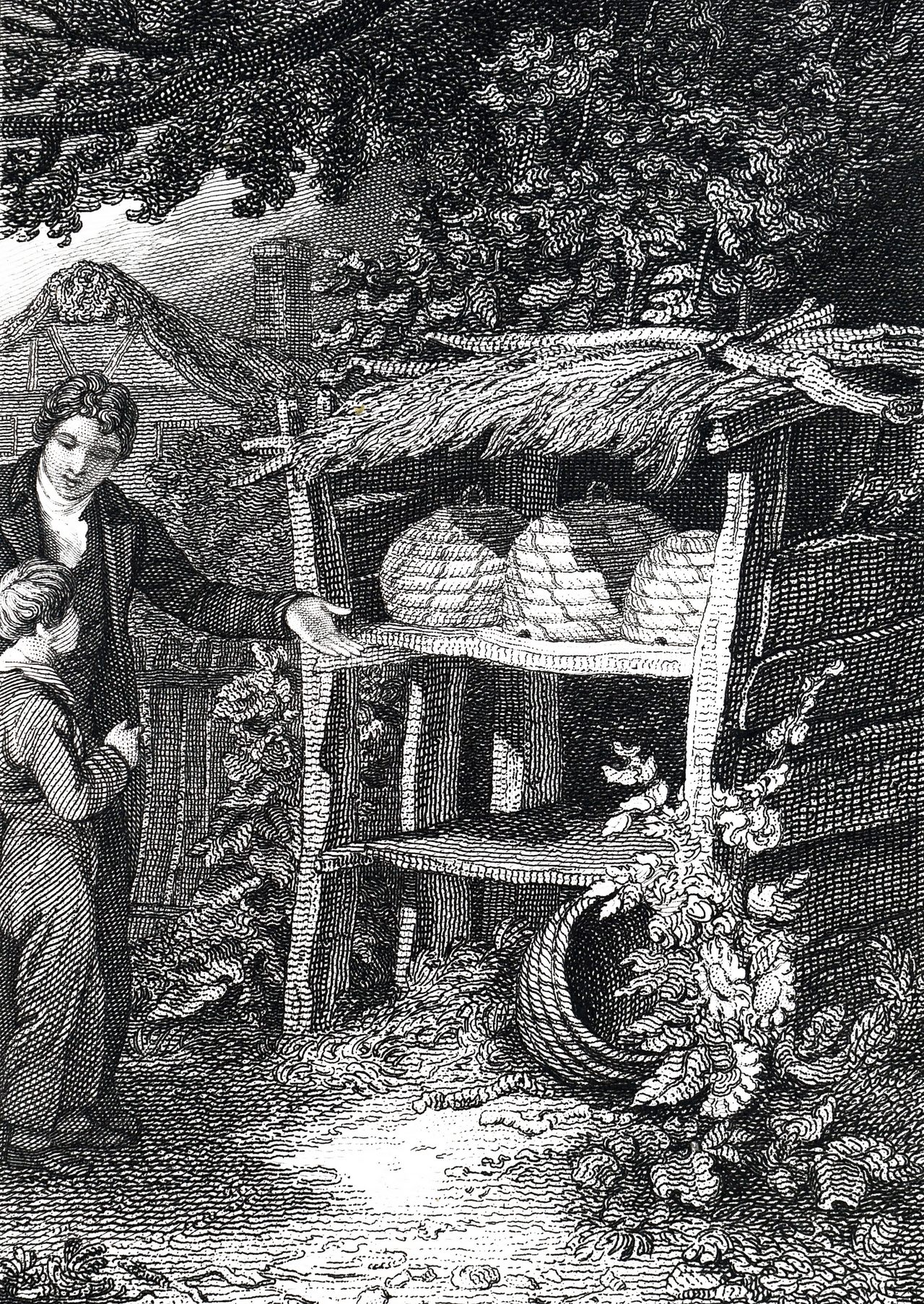As one reads through the following link, recall that the European Honeybee could be considered an invasive species over here in the America's hemisphere. However, after several centuries, they have become rather "native".
How a single honey bee colony led to a species invasion
...
This is the
genetic paradox of invasion; small, genetically homogenous groups of organisms, taken far from home, can still become pervasive pests. For example, the famous case of cane toads, brought to Australia to try to control insects munching on sugarcane crops, quickly became
an-ever-expanding menace in their own right.
Clearly, many invasive species manage to thrive despite the evolutionary roadblocks, and cane toads aren’t the only interlopers disrupting the down-under ecosystem. New research of a stinging, buzzing environmental threat offers some insight into how and why.
Surprising selection
In
a study published February 29 in the journal Current Biology, scientists cataloged the spread of Asian honey bees (Apis cerana) in Australia, and analyzed the invasive populations’ genetic journey. They found that the tens of thousands of hives now buzzing across northeastern Australia likely originated from a single bee colony (one breeding queen and her workers), introduced to a Queensland port around 2007. Despite that extreme initial genetic bottleneck, over the course of just 10 years, the insects started re-diversifying and adapting to their foreign habitat via natural selection, according to the research. One queen bee held enough genetic diversity to kickstart an entire, viable population. "Our data support the view that genetic bottlenecks may have little impact on adaptive potential," write the study authors.
...
“We weren’t expecting to find selection,” says lead researcher
Kathleen Dogantzis, a biologist at York University in Toronto. Usually, patterns of natural selection take a long time to emerge. “The assumption is that it takes populations a lot longer to get acclimatized and adapted to a new environment. But we were able to show that, in a very short period of time–within this 10-year period–certain regions of the genome are contributing,” to the bees’ population growth, she explains.
...
Asian honey bees are native to a wide swath of Asia, from Afghanistan to Japan. In their home range they’re critical pollinators and an important part of the ecological web. But in Australia,
where the honey bees aren’t native, they may compete with native insects, birds, and mammals for flower resources, and nest in tree cavities that would otherwise offer important habitat for native species. The Asian honey bees also threaten the human-managed hives of European honey bees that are used to boost agricultural production.
The closest native population to Australia is in Indonesia, but people
brought the insects to New Guinea in the 1970s for their honey and farming purposes. And this is where the colony that made it to Queensland shores came from, according to the new study. The researchers compared genome sequences from the native Indonesian population, the introduced New Guinean colonies, and the invasive Australian hives and found that the Australian and New Guinean bees were mostly closely related.
...

thinkamericana.com
:extract_focal()/https%3A%2F%2Fpocket-syndicated-images.s3.amazonaws.com%2Farticles%2F2872%2F1704765093_honey1.jpg)



